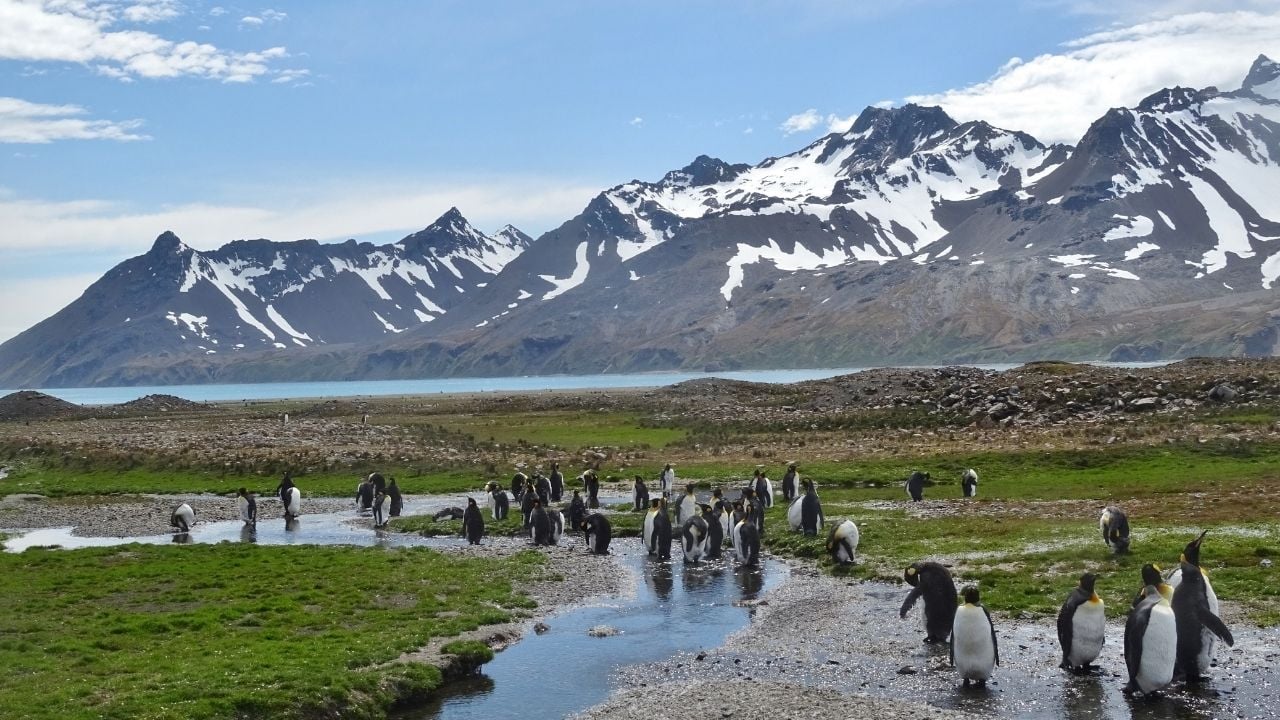South Georgia is a remote island en route to Antarctica. You might be surprised by how diverse the wildlife is there, from elephant seals to king penguins. Because there is little human activity to disturb them, the animals gather here in abundance. Once a base for whalers and sealers in the early 20th century, the island is marked with traces of explorers of the past. It is now home to many highlights on a polar cruise. If you’re planning a trip to Antarctica, South Georgia is a must-see to include on your itinerary.
GRYTVIKEN, FORTUNA BAY
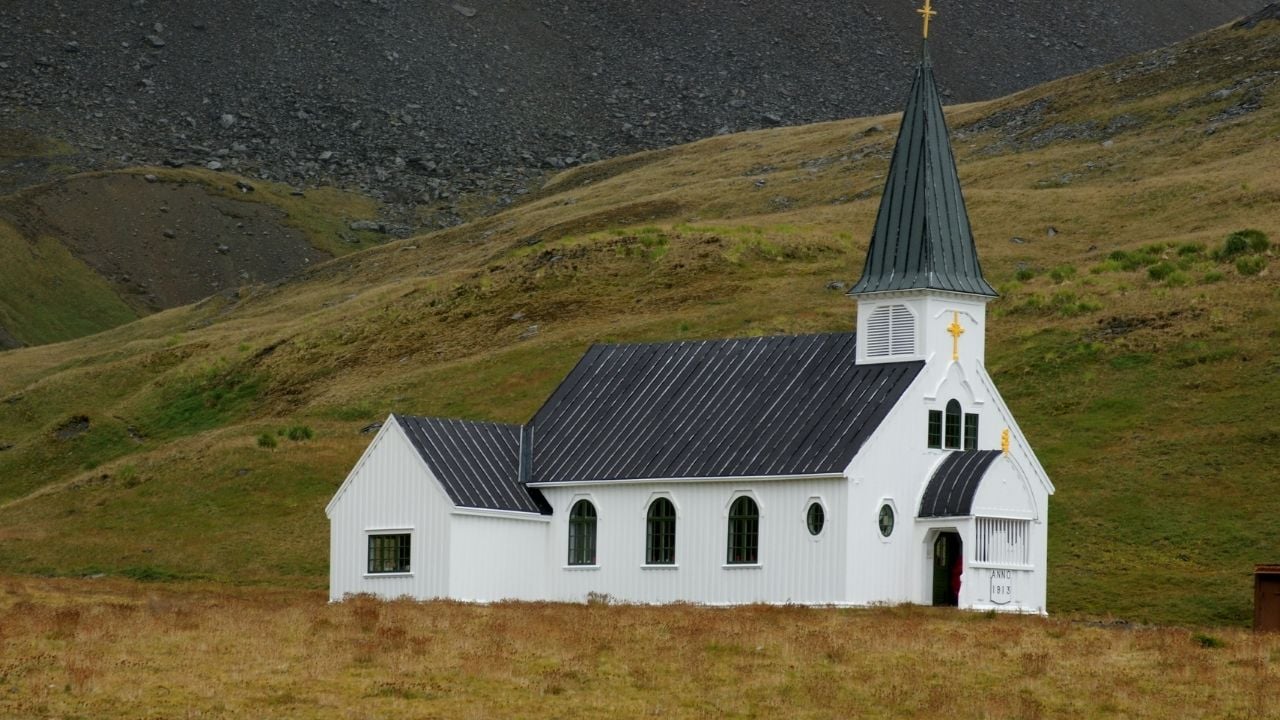
Grytviken is a ghost-town that still contains remnants of the explorers and whalers who stationed in the South Atlantic Ocean. A museum exhibits the history of the island, from its natural features to the lives of the people who passed through here. In 1922, Ernest Shackleton died of a heart attack while exploring Antarctica and is buried in the cemetery. Not far from the cemetery is a church, established by whalers in 1913. On the nearby shores of Fortuna Bay, colonies of penguins can be seen splashing in the water.
GOLD HARBOR
On the southeastern coast of South Georgia Island, Gold Harbor is a bay with a spectacular backdrop. Leading to the Bertrab Glacier, the area was named by whalers and sealers stationed here, though the exact reason why is not known. It might be because of the way the cliffs turn golden during sunrise and sunset. Along with the veering albatrosses and elephant seals on the beach, the king penguin breeding colony here is 50,000 strong.
SALISBURY PLAIN
Salisbury Plain is another one of the celebrated sites on South Georgia Island. It was formed by runoff from the nearby Grace Glacier, named by American ornithologist Robert Cushman Murphy for his wife during his 1912 expedition. What makes the plain so famous is its king penguin breeding colony, one of the world’s largest. Official estimates put as many as 100,000 penguin pairs here in peak season. Witnessing the king penguins, with their bellies full of krill, returning from the water to feed their young is a highlight of any trip to the sub-Antarctic.
ANDREW’S BAY
Isolated St. Andrew’s is notable for its stunning landscapes, with snow-capped mountains forming an impressive backdrop. The photographs taken at this bay are second to none, and capture the rugged and remote beauty of South Georgia. The penguin colony here is thought to be up to 150,000 large, making this a truly unforgettable part of the island.
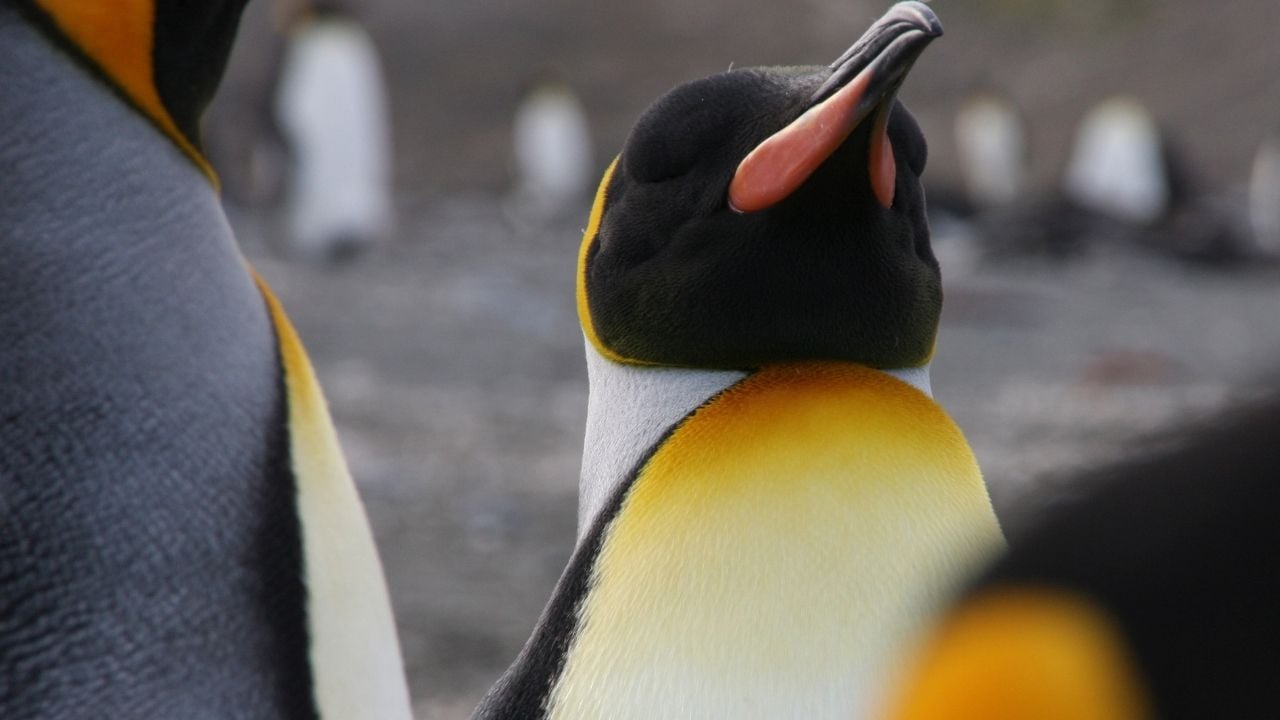
OCEAN HARBOR
Ocean Harbor is another site on the island where the spirit of past explorations hangs in the air. The cemetery here has the oldest grave on South Georgia, that of sealer Frank Cabrial, who was buried here in 1820. Other relics, including parts of an old steam locomotive and a wreck of a three-masted ship, and even old pots, make the harbor a fascinating glimpse at human history.
PRION ISLAND
What’s special about this place is all in the name. Like many places in South Georgia, the island was called after what was first seen there, and in this case it was the prion, a bird with a saw-tooth bill. Just off the coast of South Georgia, the tiny 1.5-mile island has been designated as a Special Protected Area. Only 50 people are allowed to step foot on Prion Island a day. A special boardwalk guides visitors around the nests and burrows to ensure the birds are not disturbed. Besides prions, many other bird species can be spotted here, including the wandering albatross, a fantastic creature with a wingspan that averages 10 feet!
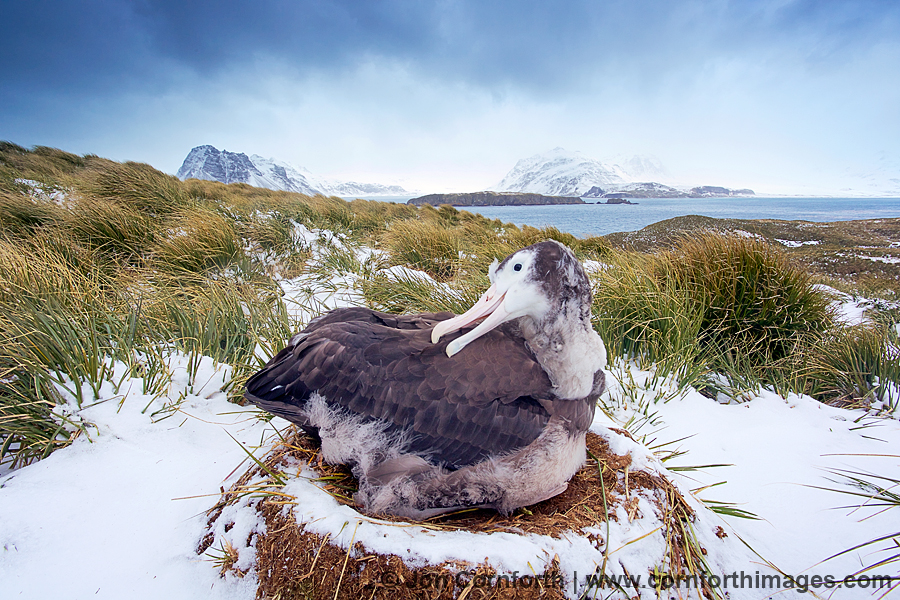 Source: Jon Cornforth images
Source: Jon Cornforth images
ELSEHUL BAY
This bay, at the northwestern end of South Georgia, is often the first stop for those arriving from the Falkland Islands. The site is remarkable due to the large number of seals that live there. This is especially impressive as sealers destroyed most of the population earlier in the bay’s history. A large colony of Antarctic fur seals now thrives in Elsehul Bay, along with several seabirds and penguins.
Just looking at some of the highlights of South Georgia explains why it is such a special place, sometimes called “the Galapagos of the Southern Ocean.” Some of the most magical encounters with wildlife on Earth are possible here, and they happen surrounded by dramatic glaciers and dazzling fjords.
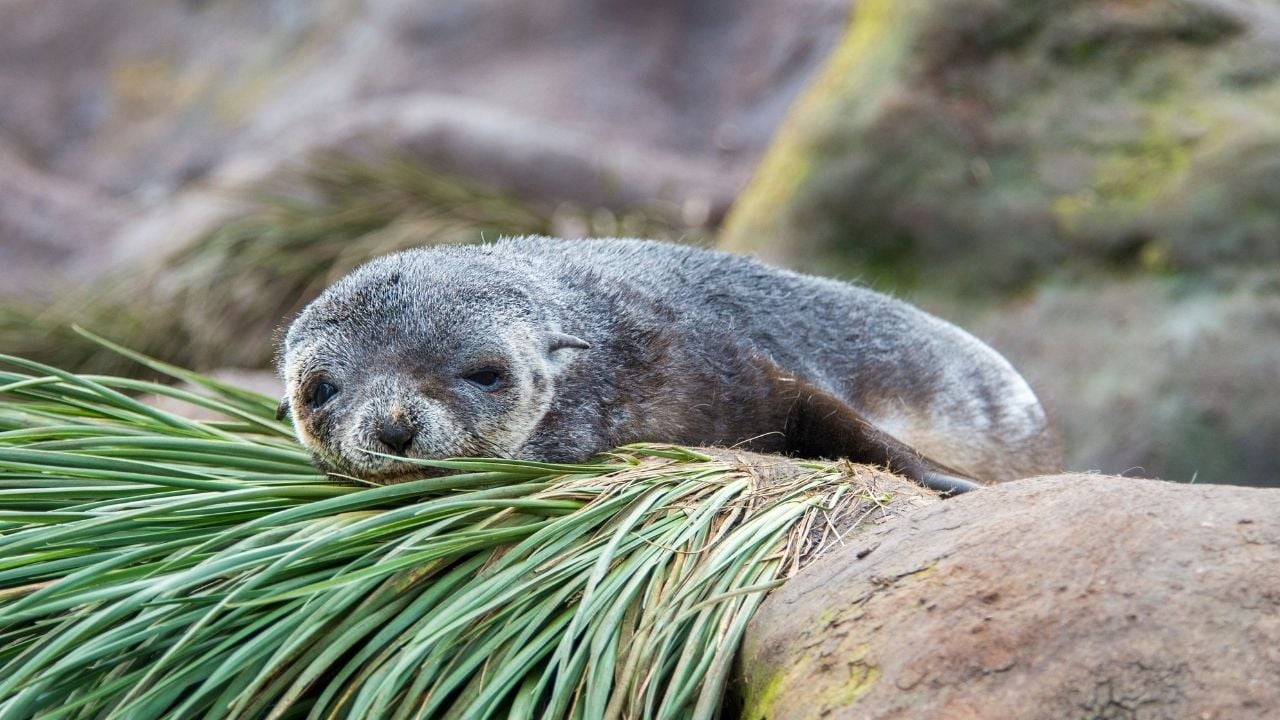
It is too cold to visit South Georgia Island during the extreme winter from May to September. Arriving at the end of winter, when wildlife wakes up from hibernation, can be a good time to take photographs or see animals such as seals. Between December and mid-February–summer in South Georgia–is the most popular time to visit. This is also the best time to see king penguins strutting along the beaches.
South Georgia is a paradise on Earth, where wildlife thrives with hardly any human interference, and jaw-dropping scenery. Yet, due to its remoteness, very few people have experienced these landscapes. There are only a few thousand visitors every year. If you’re planning a polar cruise to Antarctica, make sure you are one of the lucky ones who follows in the footsteps of the great explorers and sees these marvels for yourself.
Here you can find our trip options for South Georgia:


